The introduction of 3D foot scanning technology in the innovation journey of footwear product design and manufacturing marks a key step towards sustainable practices. This technology serves as a bridge for precise measurement and personalized design, guiding the industry towards a more environmentally friendly and efficient future.
Specifically, 3D foot scanning technology captures the three-dimensional geometric features of an individual's foot using high-resolution optical or laser scanning methods. It outputs detailed datasets that encompass dimensions, contours, and even minute physiological structures. The precision of this data provides designers with unprecedented design benchmarks, injecting new vitality into sustainable footwear design.
Firstly, the realization of personalized customization becomes possible. Traditional footwear design, constrained by standard size systems, struggles to fully meet the diverse foot shape needs of consumers. The application of 3D scanning technology allows designs to precisely match the specific foot shape of each user, enhancing comfort and aesthetics, and significantly reducing returns and waste due to size mismatches, thereby indirectly promoting resource conservation and environmental protection.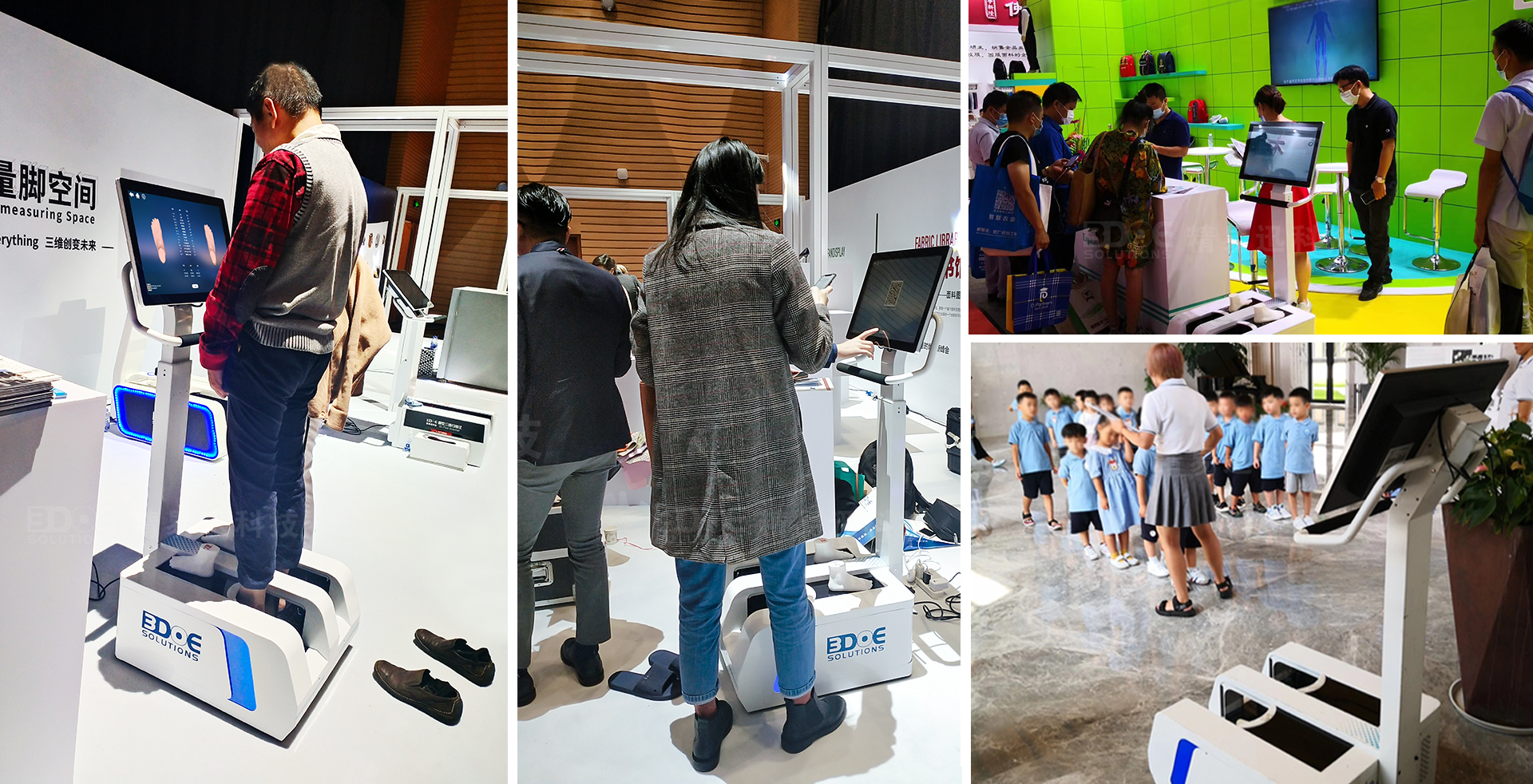
Secondly, this technology contributes significantly to the optimization of production processes. By combining digital design with rapid prototyping (such as 3D printing), designers can bypass the lengthy traditional prototype creation process, transitioning directly from a 3D model to a physical sample. This greatly shortens the product development cycle, reduces material waste and energy consumption, aligning with sustainable development goals.
Furthermore, 3D foot scanning technology has potential to drive innovation in footwear materials. It encourages designers to pay more attention to material slection and usage, especially when exploring sustainable options such as bio-based materials and recycled materials. Precise quantity calculations can maximize resource conservation. As material science advances, the performance of sustainable materials continues to improve, and their application prospects in footwear design become increasingly broad.
However, the widespread adoption and deep application of 3D foot scanning technology still face challenges, including technology costs, adoption rates, and ensuring the security and privacy of personal data. These challenges require parallel progress in technological innovation and policy regulation to ensure that the technology serves the industry's transformation in a healthy and sustainable manner.
3D foot scanning technology lays a solid foundation for the sustainable development of the footwear design and manufacturing industry. It not only promotes product customization and process efficiency but also creates conditions for the green transformation of materials. As the technology continues to mature and society increasingly pursues sustainability, 3D foot scanning technology will deeply integrate into the future of footwear design, leading the industry towards a more environmentally friendly, efficient, and personalized direction.

 +86-0755-86131192
+86-0755-86131192 2024-05-29
2024-05-29 Back to list
Back to list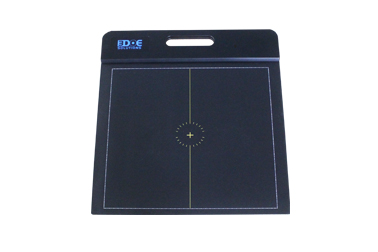
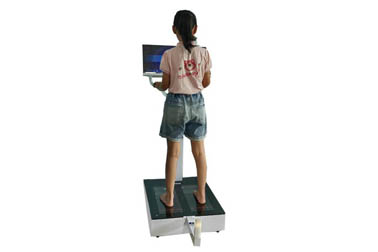
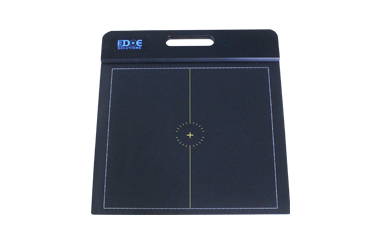
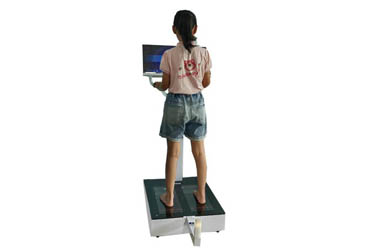
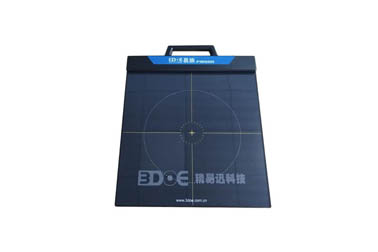
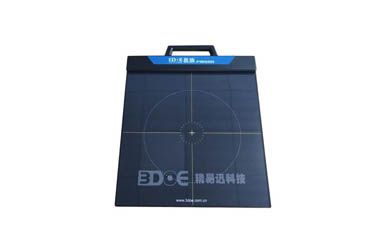



 +86-0755-86131192
+86-0755-86131192